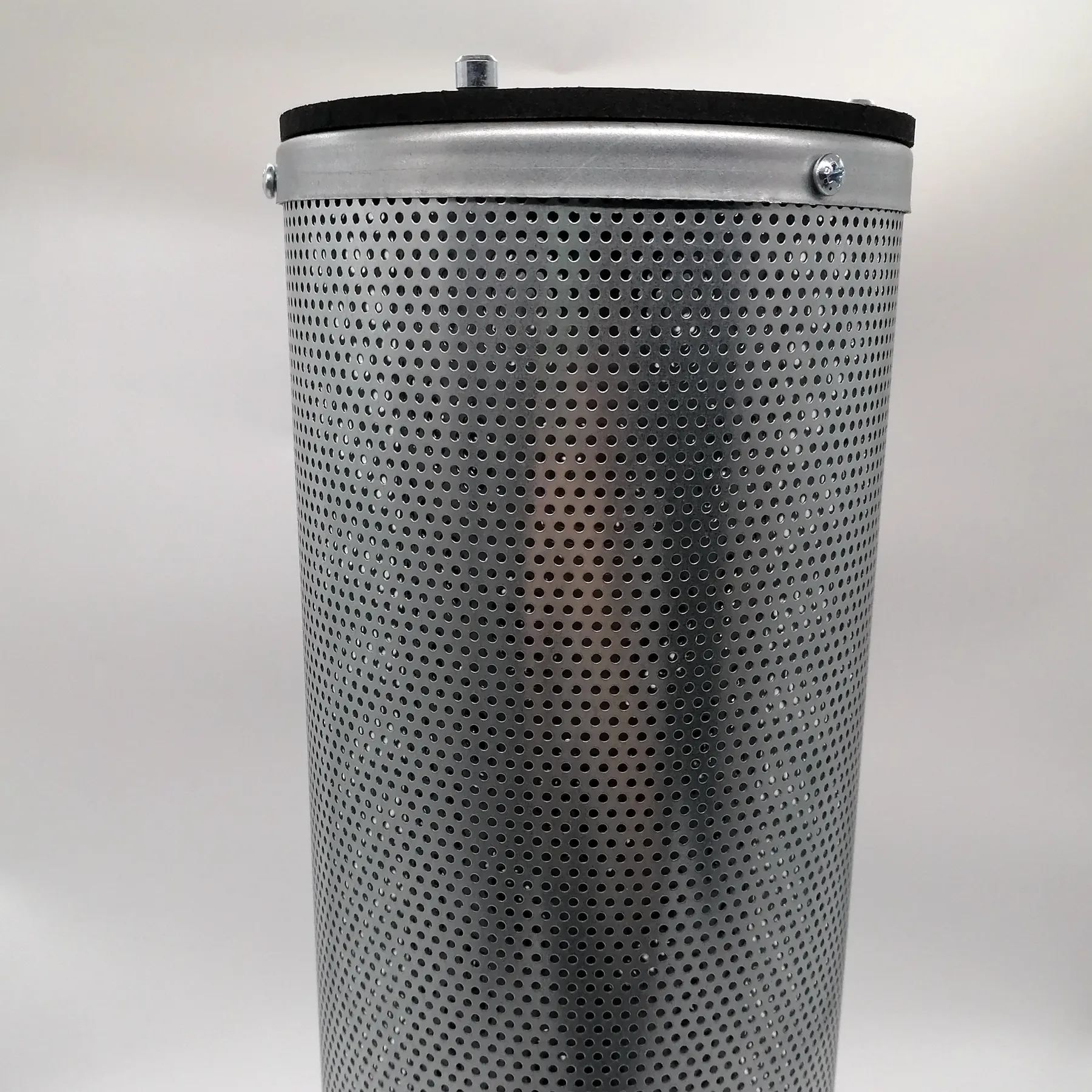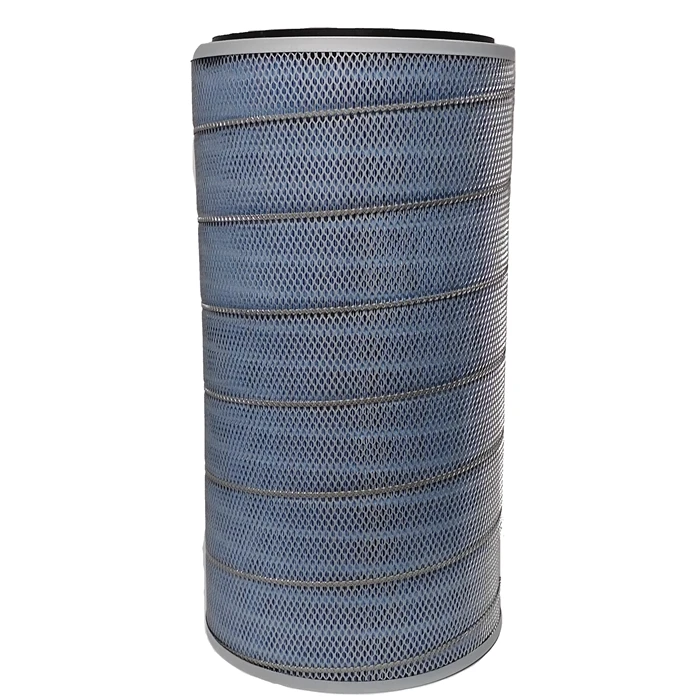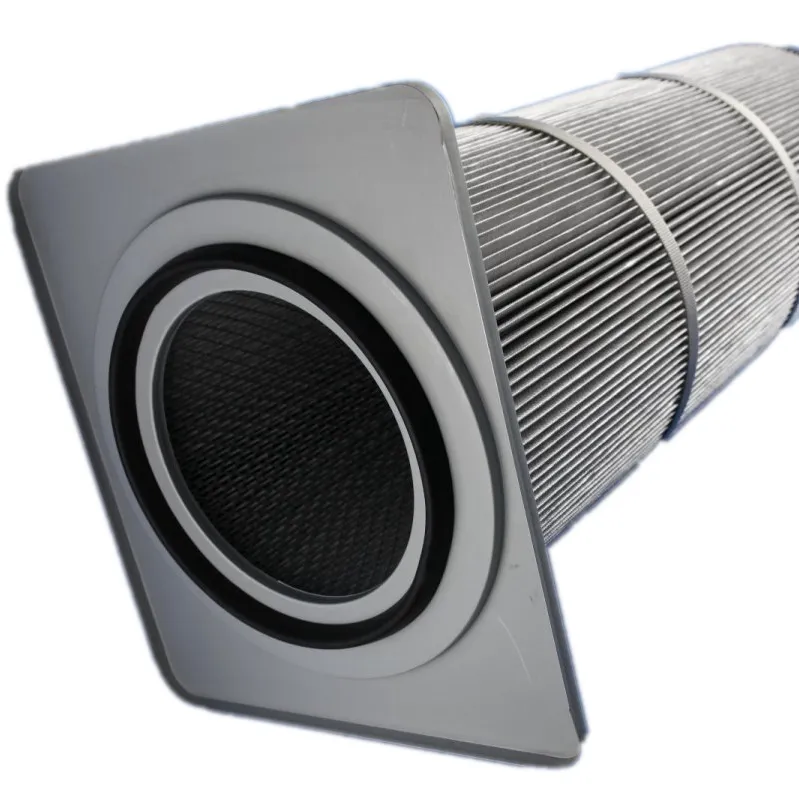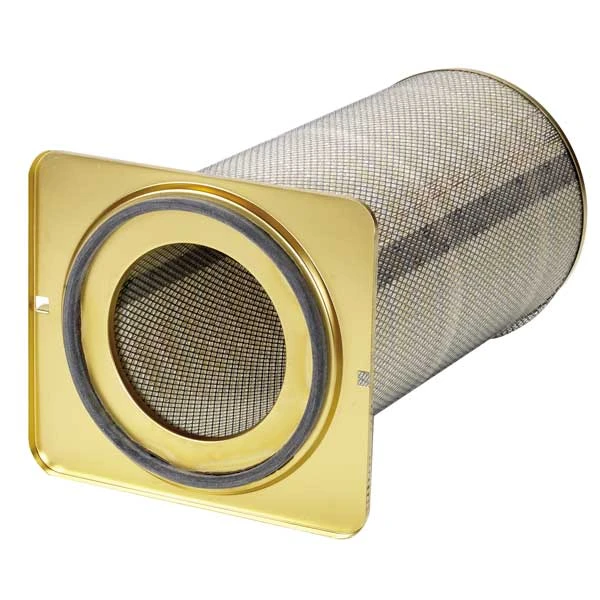 Tel:
+8618931101301
Tel:
+8618931101301
Sep . 03, 2024 18:53 Back to list
gas turbine inlet filter
Gas Turbine Inlet Filters Ensuring Optimal Performance and Longevity
Gas turbines are pivotal in power generation and various industrial applications, offering efficient energy conversion. However, the performance and reliability of gas turbines can be significantly compromised by contaminants present in the ambient air. This is where gas turbine inlet filters play a crucial role.
The primary function of inlet filters is to protect the turbine's components from airborne particles, including dust, pollen, and other particulates that can accumulate and cause damage. When unfiltered air enters the turbine, it can lead to several detrimental issues such as blade erosion, fouling, and corrosion, all of which can reduce efficiency and increase maintenance costs. By employing high-quality inlet filters, operators can mitigate these risks and ensure a more reliable operation.
Inlet filter systems are designed to meet specific requirements depending on the operating environment of the turbine. For instance, turbines located in arid regions may encounter higher levels of sand and dust, necessitating tougher filtration systems. Similarly, environments near oceans face issues with salt particles that can corrode turbine components. Therefore, the selection of an appropriate filter media and configuration is essential for optimal performance.
Modern gas turbine inlet filters come in various types, including panel filters, bag filters, and cartridge filters. Panel filters, typically made of synthetic fibers, provide a low-pressure drop, making them suitable for preserving operational efficiency. Bag filters, on the other hand, offer a larger surface area and can capture more particulates, making them ideal for environments with high contamination levels. Cartridge filters provide a versatile solution that combines high dirt-holding capacity with compact size, making them effective for various applications.
gas turbine inlet filter
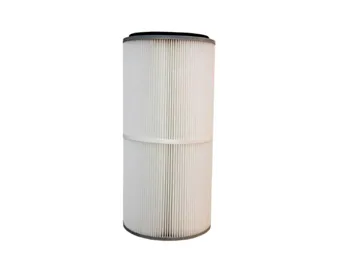
One of the recent advancements in filter technology is the introduction of nanofiber materials, which enhance filtration efficiency while maintaining low airflow resistance. These materials are specifically designed to capture smaller particles that traditional filters might miss, providing enhanced protection to the turbine.
In addition to the type of filters used, regular maintenance and monitoring of the filtration system are essential. Over time, filters can become clogged with debris, which can lead to increased pressure drop and reduced airflow, ultimately affecting the turbine's performance. Operators must implement a regular inspection schedule to determine when filters need to be cleaned or replaced. This proactive approach not only prolongs the life of the filters but also enhances the overall reliability of the gas turbine.
Moreover, advancements in digital monitoring technology enable real-time assessment of filter performance. Sensors can measure airflow, pressure drop, and particulate concentration, allowing for timely maintenance actions and minimizing turbine downtime. This integration of technology into filter management signifies a shift towards more intelligent and efficient operations in gas turbine systems.
In conclusion, gas turbine inlet filters are essential for maintaining the performance and longevity of turbine systems. By effectively filtering out contaminants, these systems play a vital role in ensuring efficient energy production and reducing operational costs. As technologies continue to evolve, the future of inlet filtration presents exciting possibilities for enhancing turbine reliability and efficiency.
-
Cold knowledge of air filters: Why are some designed to be pleated?NewsJun.16,2025
-
Factory direct supply! High-precision air filter element wholesale and customizationNewsJun.12,2025
-
A complete analysis of the practical value of activated carbon filtersNewsJun.10,2025
-
Why are high iodine coconut shell activated carbon filters more durable?NewsJun.06,2025
-
Gas Turbine FilterNewsJun.06,2025
-
Filter TurbineNewsJun.06,2025

 Email:
Email:


